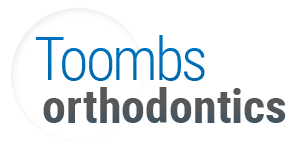Adult Treatment
We're seeing more and more adult orthodontic patients these days, and it's not hard to figure out why. Appliances that are barely noticeable have been developed to give adults more discreet choices when it comes to orthodontic treatment. And many adults realize that investing in a smile makeover can have significant benefits, socially and professionally. Straightening teeth can be an important part of that confidence-boosting makeover process.

"All 3 of my kids have been patients of Dr Toombs and we have all appreciated his knowledge and expertise, professionalism, and how he takes the time to get to know every patient and make them feel like they are a family friend. This week he went above and beyond for a medical situation in our family by talking to us late at night, checking in on us later via text, and surprising us at our dentist office the next morning (on his day off) to evaluate one of my kids alongside the dentist and make sure they were going to be ok. He truly cares for his patients and it shows."
- Courtney Call Klahn

Healthy teeth can be moved at any age, so there's no such thing as being too old for orthodontics. However, orthodontic treatment for adults is different in two important respects: First, the growth and development of the jaws are complete in adults, so changes in actual jaw structure can't be accomplished with orthodontic appliances in the way they can with growing children. Secondly, periodontal (gum) disease is more prevalent in adults than in children. While you are wearing the orthodontic appliances, gentle forces will be applied to your teeth so they can move through their surrounding bone. Periodontal health plays a key role in all of this; if the gum tissues are not healthy during orthodontics, bone loss can result and weaken the long-term prognosis of your teeth. So any gum disease must be brought under control before orthodontic treatment begins. And to maintain your periodontal health, you will need to make sure to have regular professional cleanings during orthodontic treatment while maintaining good oral hygiene at home.
Types of Appliances
All orthodontic appliances work essentially the same way: by employing light, constant force to move teeth into proper alignment. But how we apply these forces can vary, as numerous innovations have become available in recent years. Less visible orthodontic appliances have been designed to blend more easily into an adult's personal and professional lifestyle. Types of orthodontic appliances include:
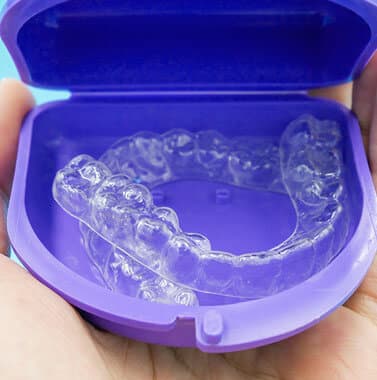
Invisalign — It consists of clear plastic aligners that fit over your teeth exactly. Each aligner is part of a series of aligners that move your teeth a little bit at a time until they are in the proper position. Your aligners are custom designed for you by Dr. Toombs with the help of specialized computer software.
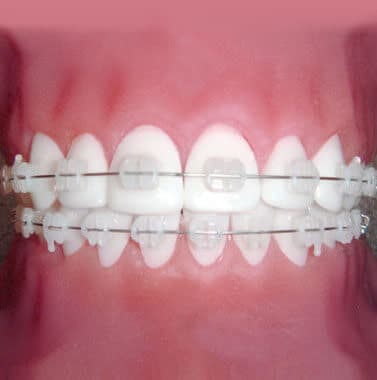
Clear Braces — Instead of highly noticeable metal brackets, you can have clear ones made of ceramic. They are hardly visible, except for the thin wire running through, but they are more susceptible to breakage than metal braces.
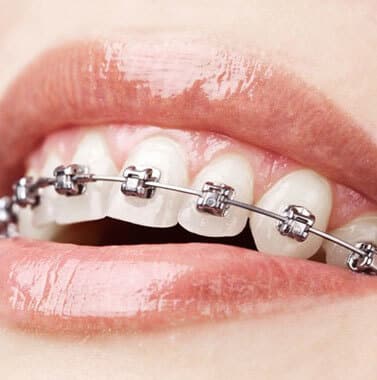
Traditional Metal Braces — This is probably what you think of when you picture someone wearing braces: small metal brackets bonded to the front of the teeth. A thin wire runs through the brackets and is attached on either end to metal bands that go around a back molar.
After Treatment
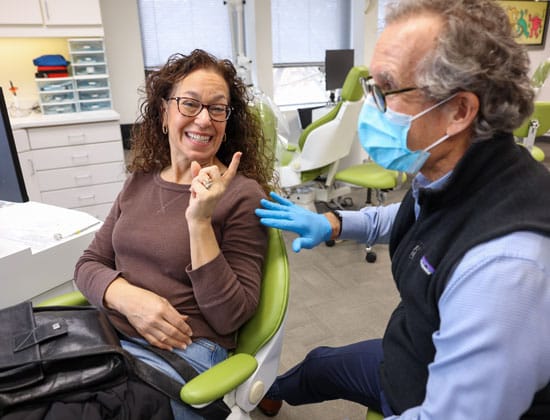
Wearing a retainer after orthodontic treatment is crucial, no matter which type of appliance you choose and what age you happen to be. Teeth that are not held in place by a retainer long enough for the new supporting bone to develop around them can drift back to their original positions, and that's certainly not something we — or you — want to see happen. We will make sure to instruct you on how to retain your new, more beautiful smile so that it continues to make you look and feel great for years to come.
Related Articles
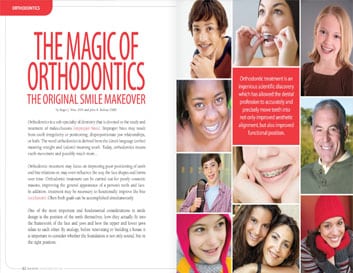
The Magic of Orthodontics
Proper alignment of the teeth is basic to “Smile Design.” Their position dictates how they work together and affects the way you look and smile. Only orthodontic treatment can move teeth into the right position. Simply put, when things look right, they probably are right. Learn the basics of smile analysis and design and whether the magic of orthodontics will work for you...
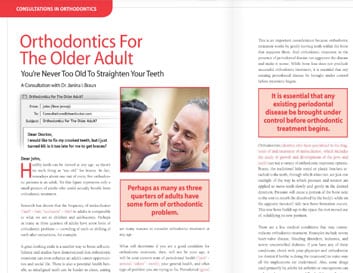
Orthodontics for the Adult
Healthy teeth can be moved at any age, so there's no such thing as “too old” for braces. In fact, nowadays about one out of every five orthodontic patients is an adult. Yet this figure represents only a small portion of adults who could actually benefit from orthodontic treatment...
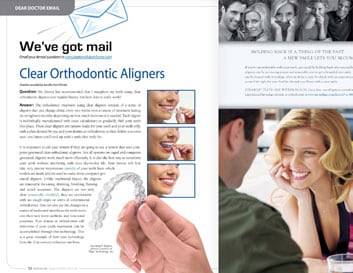
Clear Orthodontic Aligners
Orthodontic treatment using clear aligners consists of a series of aligners that you change about every two weeks over a course of treatment lasting six to eighteen months depending on how much movement is needed...
